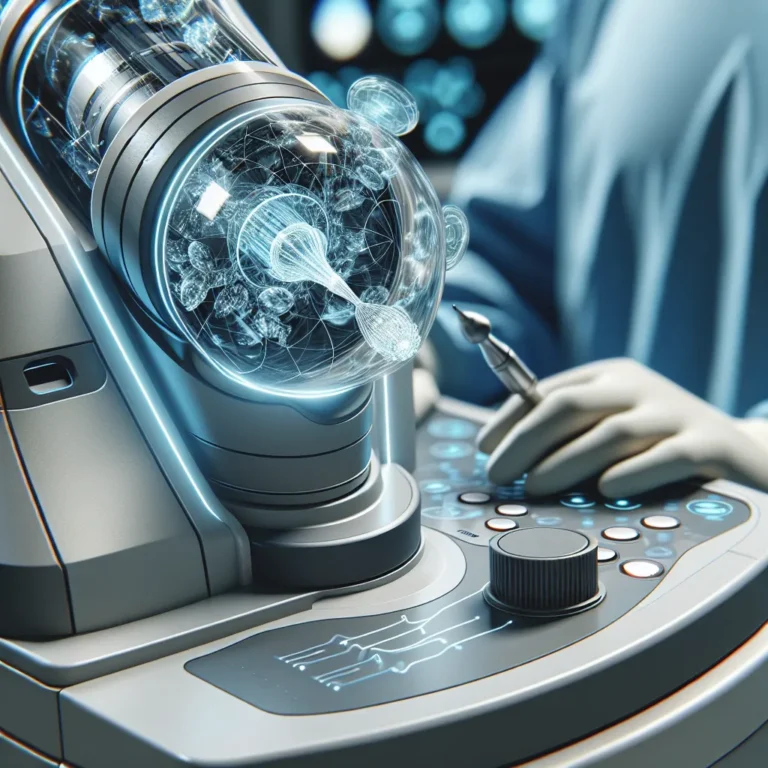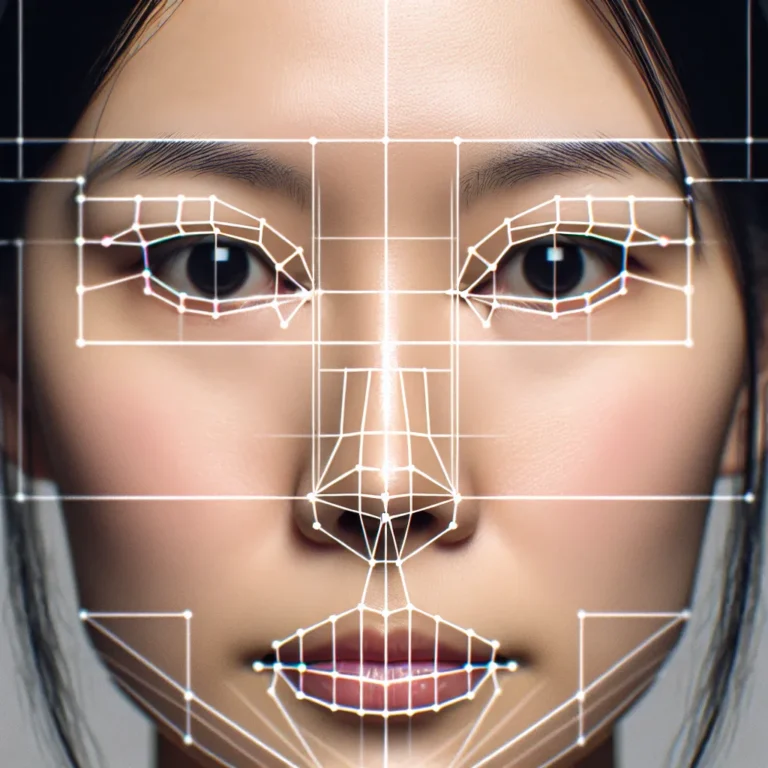
The article "Revolutionizing Disease Detection: The Latest Breakthroughs in Early Diagnosis" delves into the recent advancements in early disease detection, emphasizing the impact on healthcare outcomes and patient well-being. It highlights the development of liquid biopsy technology, the integration of artificial intelligence in diagnostic processes, and the use of advanced imaging modalities as key breakthroughs in disease detection, offering more precise and less invasive diagnostic alternatives. The article emphasizes the potential of these innovations in revolutionizing disease prevention and improving patient outcomes, providing valuable insights for healthcare professionals and individuals interested in the latest developments in early diagnosis and precision medicine.

The article "Leveraging Machine Learning for Anomaly Detection in Cybersecurity" delves into the increasing complexity of cybersecurity and the emergence of machine learning as a powerful tool for identifying and addressing evolving cyber threats. It highlights the capabilities of machine learning algorithms in analyzing data, recognizing patterns, and adapting to new and unseen threats in real time, while acknowledging the challenges in accuracy, reliability, and interpretability. The integration of machine learning into cybersecurity practices is presented as a proactive and adaptable defense against a wide array of threats. Similarly, "The Role of Behavioral Analytics in Enhancing Network Security" emphasizes the crucial role of behavioral analytics in identifying anomalous behavior within a network to proactively reduce the risk of security breaches. It discusses the establishment of baselines for normal behavior, the detection of insider threats, and the insights provided for enhancing overall network security, underlining the paramount importance of behavioral analytics in empowering organizations to detect and respond to potential security threats. These articles provide valuable insights into leveraging advanced technologies to bolster cybersecurity defenses and are essential reads for anyone interested in staying ahead of cyber threats.

The article "Introduction to Detection Technology" provides a comprehensive overview of the history, advancements, and latest innovations in the field of detection technology. It discusses the crucial role of detection technology in various industries, such as security, healthcare, environmental monitoring, and manufacturing, detailing the evolution of detection devices from rudimentary beginnings in the early 20th century to the sophisticated technology we have today. The article explores groundbreaking developments such as the Geiger-Muller counter, metal detectors, and gas chromatography, highlighting the significant impact of detection technology on areas such as nuclear research, environmental protection, and security. Moreover, it delves into the latest innovations in detection technology, including the integration of artificial intelligence and machine learning algorithms, improvements in thermal imaging and multispectral imaging technology, and advancements in biometric recognition technology, emphasizing the rapid progress and promising future of the field. This insightful article is a must-read for anyone interested in understanding the evolution and cutting-edge developments in detection technology.

The article "Revolutionizing Object Detection: A Comprehensive Overview of the Latest Technologies" provides a detailed exploration of the recent advancements in object detection technologies. It emphasizes the impact of deep learning techniques, particularly convolutional neural networks (CNNs), in enhancing the accuracy and reliability of object detection systems across various applications. The integration of advanced sensor technologies, interdisciplinary approaches combining computer vision with natural language processing and reinforcement learning, and the potential real-world applications further underscore the transformative nature of these innovations. Additionally, the article "Breaking Barriers in Object Detection: Innovations Shaping the Future" highlights the pivotal role of advanced hardware, such as GPUs, TPUs, and specialized ASICs, in empowering real-time object detection and tracking, along with the implications of 3D object detection techniques in areas like augmented reality, robotics, and urban planning. These comprehensive insights into the latest technologies in object detection make the articles a compelling read for those interested in staying abreast of cutting-edge developments in this rapidly evolving field.

The article explores the issues and limitations of facial detection systems, highlighting concerns regarding biases, inaccuracies, environmental factors, and privacy breaches. It emphasizes the ethical implications and societal inequalities associated with these systems, calling for stringent regulations and improved frameworks for responsible and equitable use. Additionally, it discusses the challenges in facial recognition technology, focusing on accuracy, privacy, and demographic bias. The article suggests that advancements in algorithms, data security measures, and efforts to address biases are crucial in overcoming these challenges and ensuring the widespread adoption of facial recognition technology. If you're interested in understanding the complexities and potential solutions in the field of facial detection and recognition, the full article provides valuable insights in addressing these critical issues.





